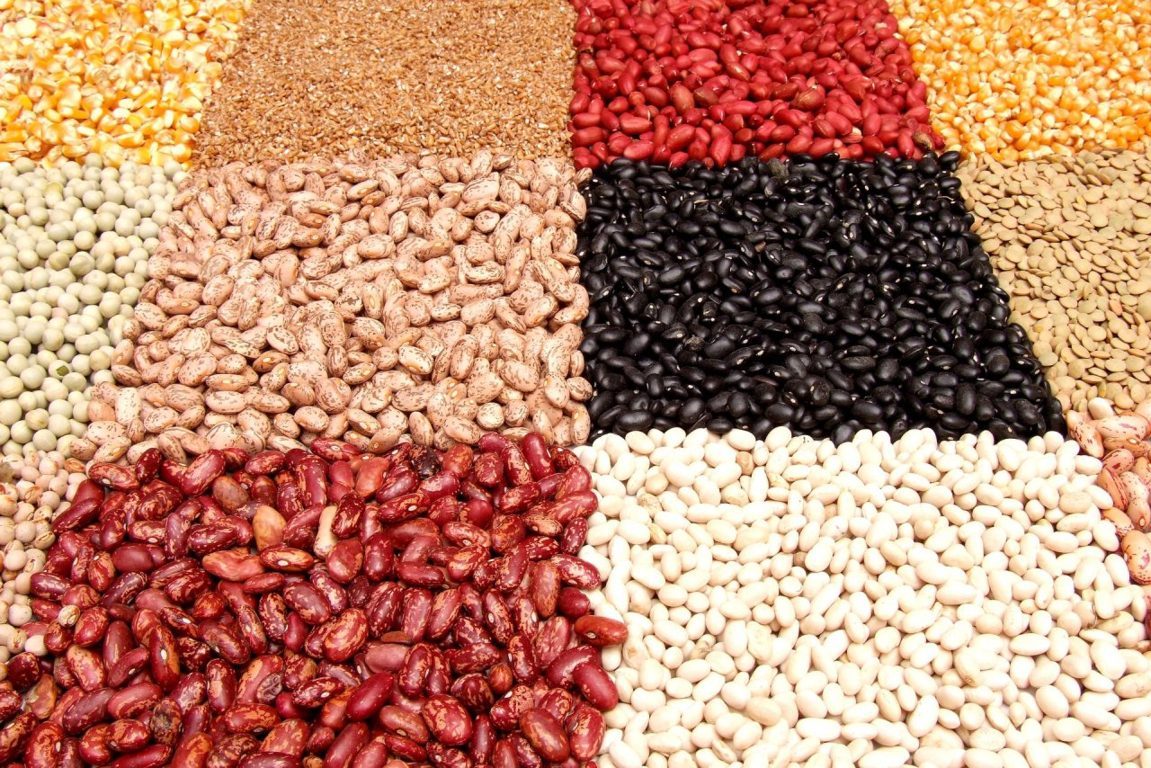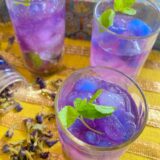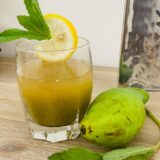

It’s a known fact that iron plays an indisputable role in our complete well-being. Let’s look at the potential rich sources of Iron and how we could score full marks in getting this nutrient right.
Dietary Iron exists in two forms:
- Heme iron: the iron that is usually available from animal food sources, the absorption being as high as 25%.
- Non – heme iron: the iron that is usually available from plant sources, the absorption being only 1-15%.
Iron Friendly Foods:
Whole grains: Pearl millet, quinoa.
Pulses and legumes: Kidney beans, lentils, soybeans.
Vegetables: Drumsticks, kale, collards, beet greens.
Nuts and Seeds: Cashews, pine, and other nuts, pumpkin, hemp, sesame, and flax seeds.
Dried fruits: Prunes, dates.
Meats: Liver, kidney, heart, lean meat.
Seafood: Oysters, shellfish, mollusks, and fish.
There are certain factors that may seem to decrease iron absorption like carbonates, phytates, oxalates, phosphates, and tannins (in tea & coffee). EDTA, a common food preservative, and poor fat digestion also seem to affect iron absorption in the body.
One can improve iron absorption by incorporating healthier food choices to increase total dietary iron intake and by including a Vitamin C source at every meal.
So next time you have quinoa to improve your iron quotient, top it with a little lime juice and swap the carbonated drink with a green smoothie, and you will see your blood cells grin to the pink of health!
Read our blogs on :



